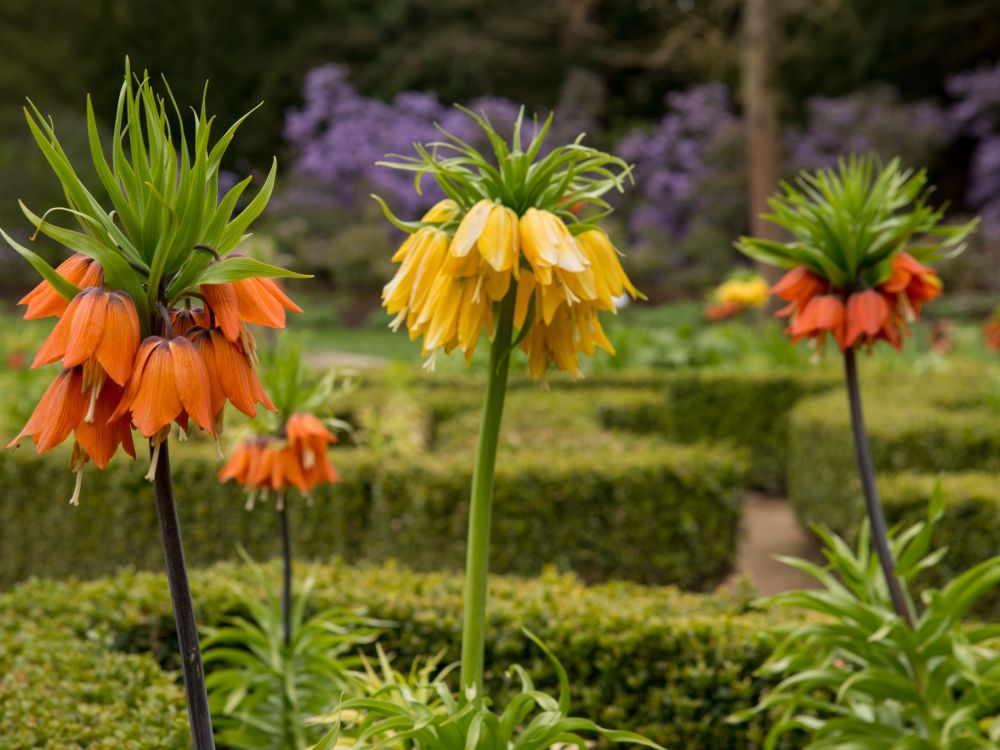
1. The Lost Gardens of Heligan, Cornwall


2. White Park Bay, County Antrim, Northern Ireland


3. RHS Wisley, Surrey


4. Cricklepit Mill, Exeter, Devon


5. Beningbrough Hall, Yorkshire


6. Brogdale National Collections, Kent


7. Ranscombe Farm, Kent


8. Kingcombe Meadows, Dorset


9. The Hive at Kew Gardens, Richmond, London


10. National Botanic Garden of Wales, Carmarthenshire


11. Chobham Common, Surrey


12. Knepp Wildland, West Sussex


13. The John Muir Way, Central Scotland


14. Chatsworth and the Peak District, Derbyshire


15. The Secret Garden, Salisbury, Wiltshire

